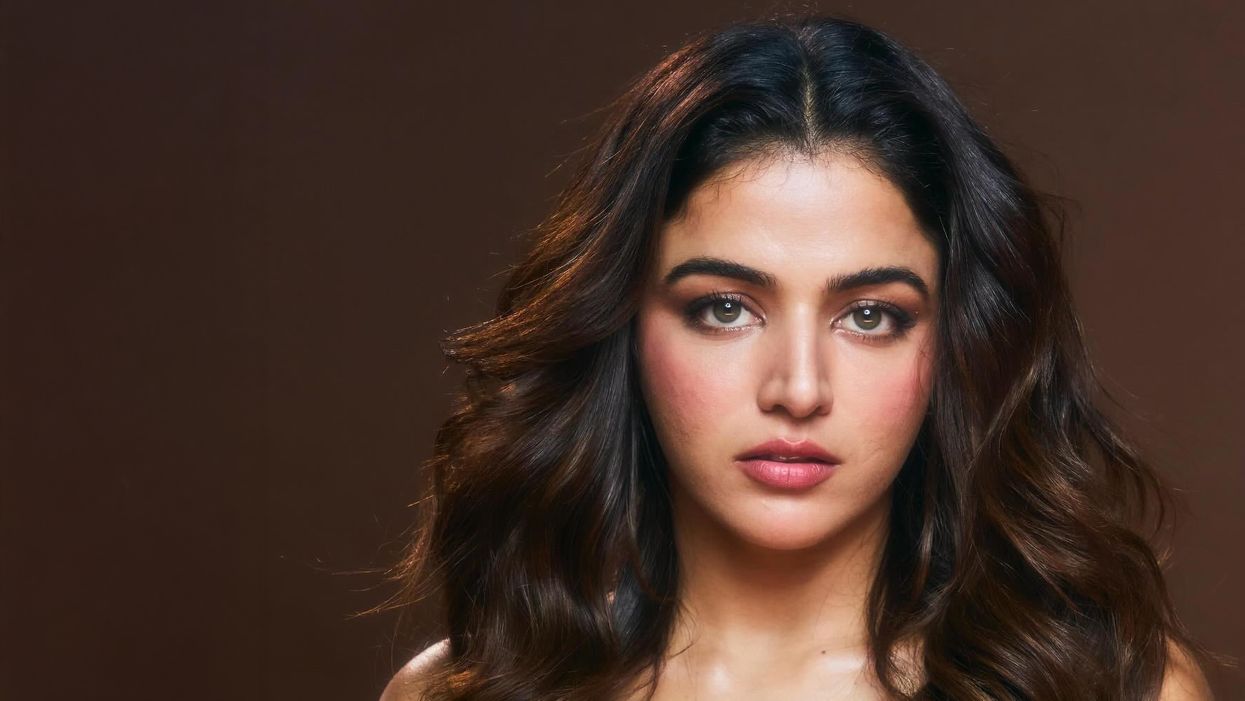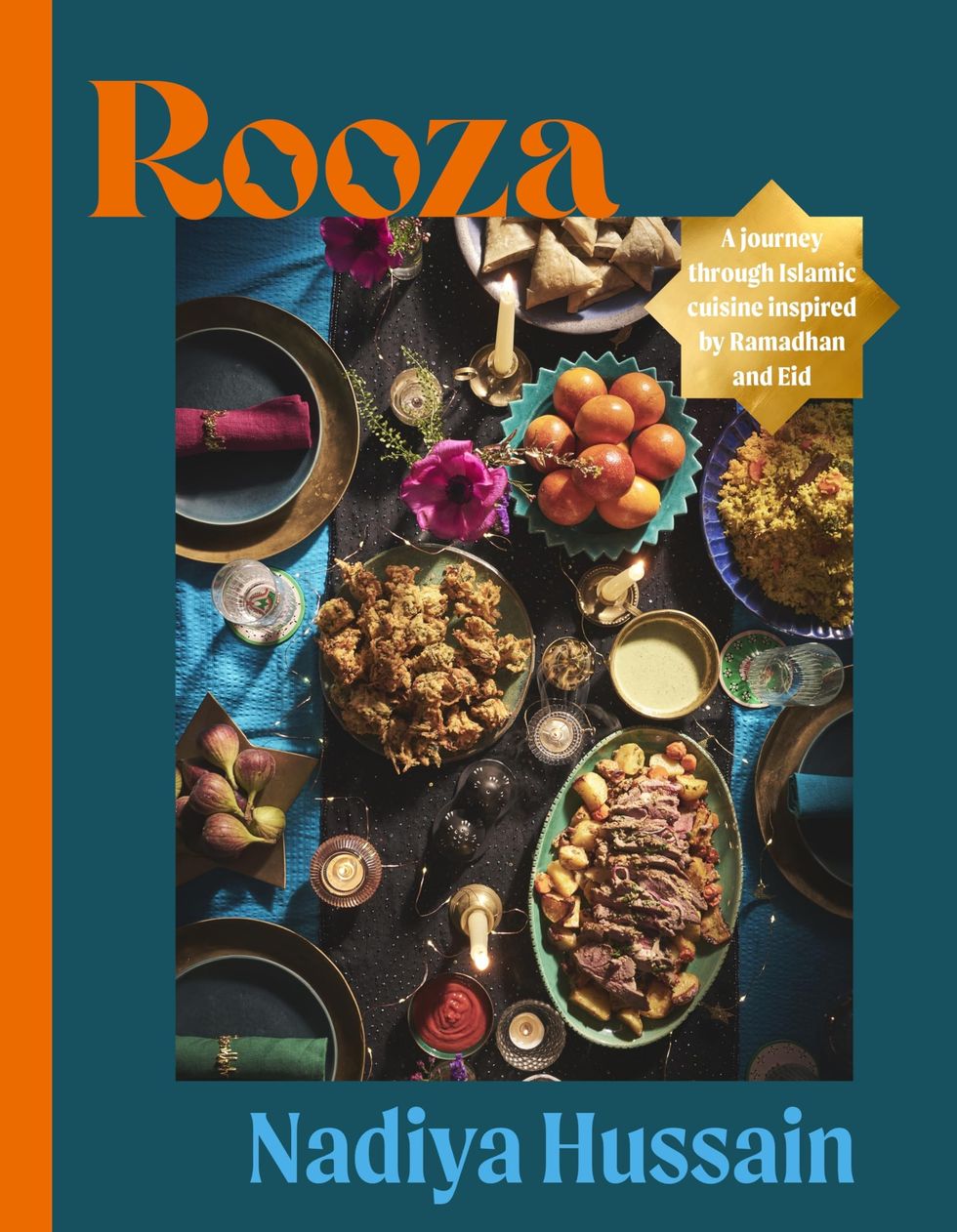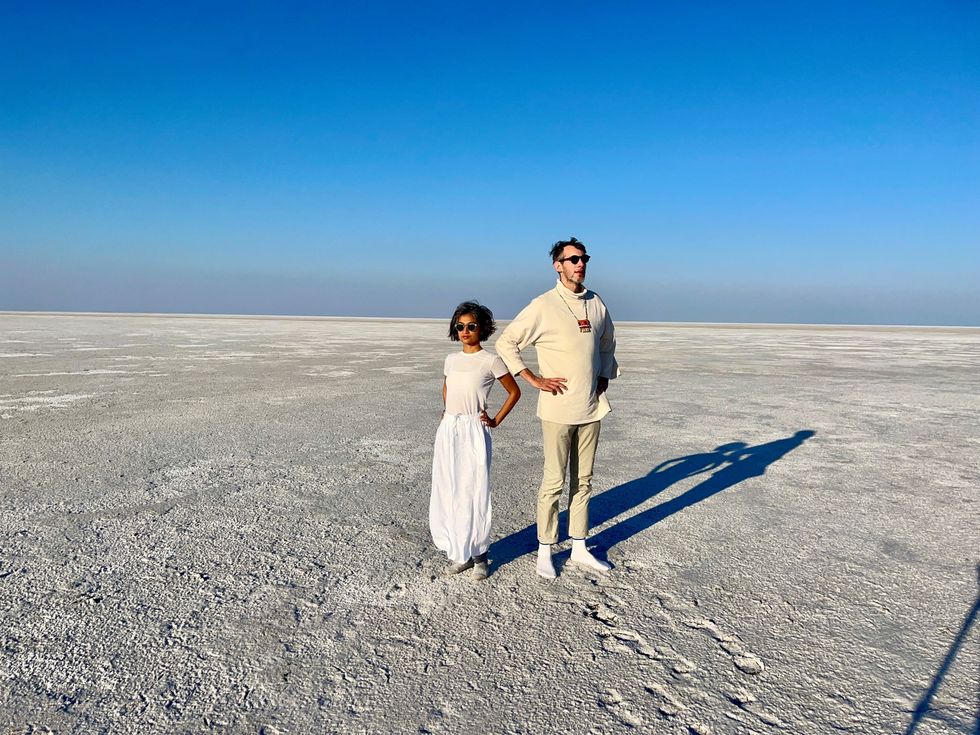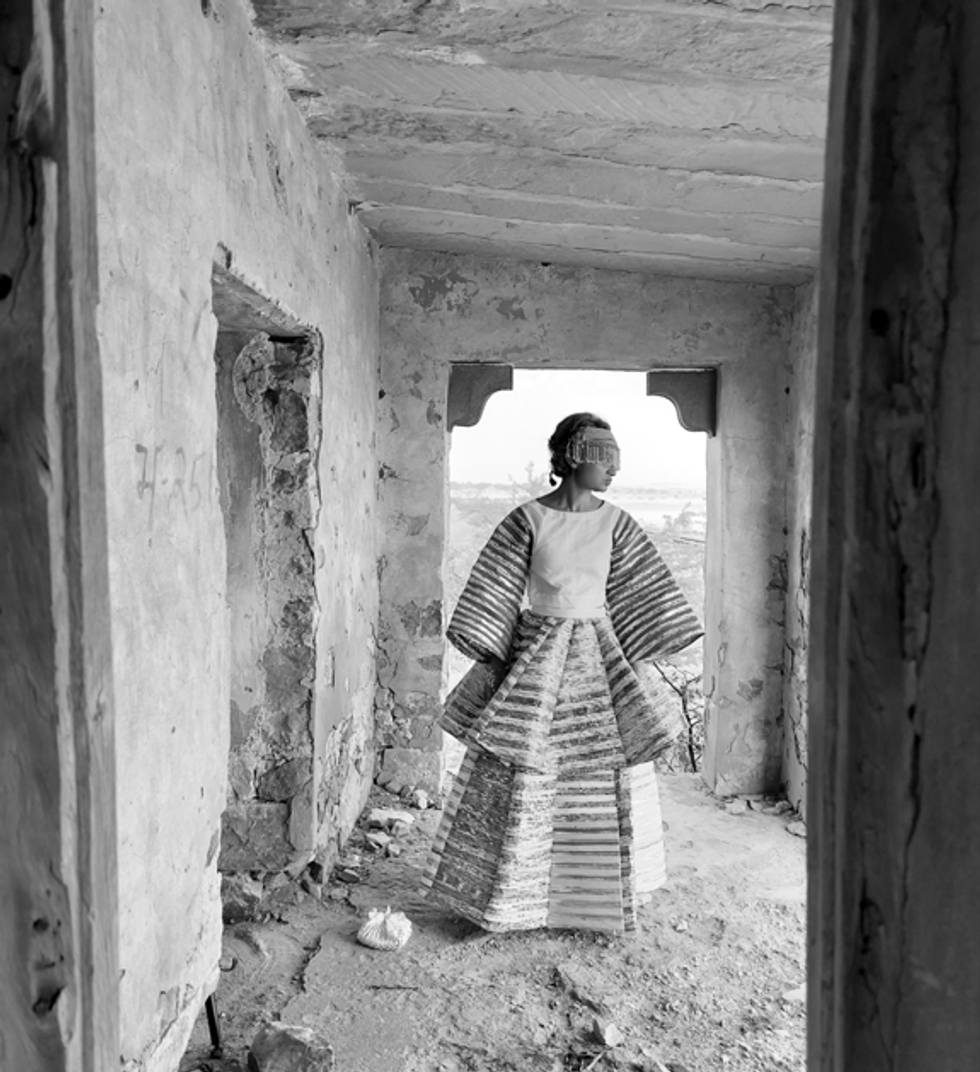LISTENING to music played on tape decks and vinyl as a youngster first connected Sonia Mehta to music.
It enabled her to find safety, happiness, and a way to express emotions through the compositions and poetry of Indian film songs.
Later, while pursuing her studies in London, she bonded with fellow creatives who shared her British and Asian heritage. Being close to an exciting 1990s musical movement based around the fusion of those two worlds enabled her to follow in the footsteps of pioneering artists like Sheila Chandra, Talvin Singh and Najma Akhtar.
Marrying her passion for music with a proactive stance against racism and intersectional discrimination led her to start a conscious club night and set up the dynamic collective Salaam & Funk.
Mehta created cross-cultural events filled with cutting-edge music through these initiatives. After a very long break, Salaam & Funk has returned and is part of an event at Rich Mix Centre in London next Thursday (11).
Eastern Eye caught up with the British Asian music hero to talk about her journey and return to the live scene.
What has been your most memorable musical moment?
There are so many. From the first performance at the 291 club – a deconsecrated church in Hackney, east London, where we trialled the idea and saw the venue packed with an eager audience; to performing in front of Andrew Lloyd Webber at the Hanover Grand in Piccadilly; to the Scala gigs in Kings Cross. I was always so surprised when I saw mile-long queues snaking around the building, waiting for Salaam & Funk to perform.
How exciting was it to be part of a pathbreaking Asian fusion movement?
It was hugely life-affirming. Everything was new and a fusion of ideas for everyone involved. As the first woman in my paternal family to go to university, I was living alone and found a space to hear sounds of my heritage, both Indian and Western contemporary.
To be able to share that with essentially strangers, who came together under a collective experience, to dance and make friends during these interactions was a seminal and empowering moment for cultural change, for so many of us.
What led to the break, and why did you decide to bring Salaam & Funk back?
The challenges of life and resulting imposter syndrome got in the way. Then a chance move to New Zealand meant that Salaam & Funk was put to rest.
Demand from those who remembered the spirit of Salaam & Funk and simmering interest inspired me to bring it back. A group of friends formed Chill Mill and DJed at local East End neighbourhood venues. The Chill Mill crew and musician friends I had known for 20 odd years supported me back to the stage.
What did that feel like?
I felt like I had returned home to my sanctuary of sound with old and new friends, back to that collective sharing of history that runs through every child of the diaspora’s being.
How would you describe the kind of music you create today?
Essentially, it’s a tool to connect to collective histories. We are the grandchildren of the empire, partition, migration, and struggles of colonial discrimination – a stark reminder that we are here because they were there.
Among the generations of trauma that we carry, the songs I sing are messages of hope, longing, and belonging.
Can you elaborate?
I choose to sing in the languages of my ancestors as a site of resistance to all the trauma placed on us.
I sing to express love and joy through the collective sharing of that history, as well as to connect to what is going on around us in the world today, with new beats and melodies to mark where we are at. But respecting the core of the music and poetry at the same time.
What makes live performances so important to you?
It’s everything. There is nothing like the connection between a singer and their musicians. We move each other to a place of euphoria.
Even with the challenges of timing and technology, the stage becomes a temple that charges us with respect between us. That unique energy flows to the audience and creates a space of joy.
What can people expect at your upcoming performance on April 11?
A live conversation facilitated by House of Nari, between me and Pandit G, the originator of Asian Dub Foundation Sound System, about our relationships to Rich Mix; the politics of the East End, and the importance of place and belonging in terms of movement of people, struggle, and survival.
The Salaam & Funk set will be a storytelling piece, laced with songs of yesteryear. There will be delicious Asian street food, stalls with emerging artists' work and a party at the end with Pandit G playing us out.
A favourite song to perform live?
It’s really hard to choose one, as I am in love with all the poetry and compositions of Indian filmi songs from the 1950s to the early 1980s, Punjabi folk, and qawwalis like Mast Qalandar rooted in ancient history.
I completely trance out to them and with the help of musicians, the audience and space, I am blessed to evoke the spirit of the songs.
Who would you like to see in the audience at your show?
It’s an eclectic night, so anyone who loves music, is curious about space, and history that shapes us today; likes food, drink and more important a party.
What does music mean to you today?
It’s the sound of the universe. It gives me my rhythm in life along with hope, solace and joy. It keeps me falling in love every day, which is a beautiful feeling.
It keeps me connected to my heritage, which feels more important now than ever as it connects to what is going on around us and people at the same time. Music keeps me curious, which ultimately makes me feel alive.
What inspires you creatively?
People and learning. My singing teacher from India recently reminded me that sound is ancient and brought to us from the elders before us; so, we must honour them by singing with intent and not robotically or with just knowledge.
We must feel the beauty of the notes and poetry. Then, not only will we sing beautifully, but beauty will emanate from every part of us.
Activists & Selektas at Rich Mix in London on April 11. www.richmix.org.uk






 A sneak peek into the Miraj app – where Quranic stories, animations, and audiobooks bring faith to life for kids
A sneak peek into the Miraj app – where Quranic stories, animations, and audiobooks bring faith to life for kids Step inside Ayatique’s world of AI-powered Quranic learning—interactive stories and gamified lessons that make spirituality exciting
Step inside Ayatique’s world of AI-powered Quranic learning—interactive stories and gamified lessons that make spirituality exciting Explore Noor Kids Digital Ramadan Camp! A vibrant online platform filled with faith-based storytelling, challenges, and nasheeds
Explore Noor Kids Digital Ramadan Camp! A vibrant online platform filled with faith-based storytelling, challenges, and nasheeds Unbox the All-in-One Quran Activity Kit—an engaging set of hands-on learning tools designed to spark curiosity and faith in kids
Unbox the All-in-One Quran Activity Kit—an engaging set of hands-on learning tools designed to spark curiosity and faith in kids Discover the Fun Dough Ramadan Countdown Calendar! A creative way to celebrate each day of Ramadan with exciting hands-on activities
Discover the Fun Dough Ramadan Countdown Calendar! A creative way to celebrate each day of Ramadan with exciting hands-on activities











 The cover of her book
The cover of her book




 Himali Singh Soin and David Soin Tappeser
Himali Singh Soin and David Soin Tappeser Kinnari Saraiya
Kinnari Saraiya The Transformation (2024)
The Transformation (2024)